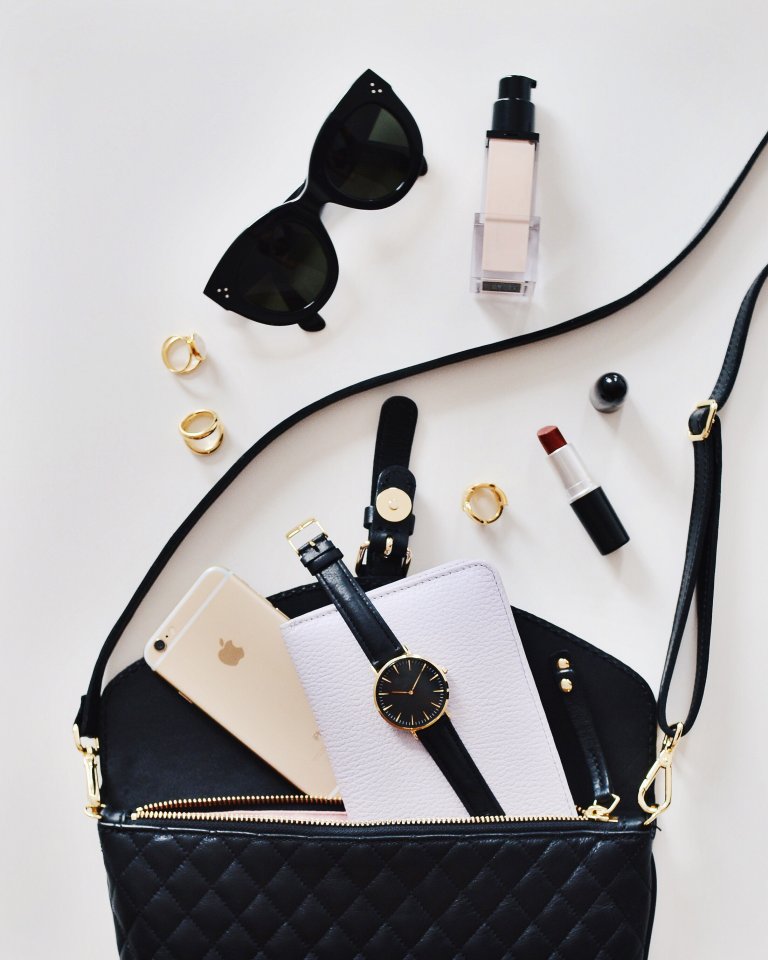What Outfits to Store In A Store
When it comes to managing a retail store, one of the most important decisions you will make is what outfits to store in your store. As the clothing industry continues to grow and evolve, it can be overwhelming to decide what to stock in your store. However, making informed decisions about what outfits to store in your store can ultimately lead to increased sales and satisfied customers.
Understanding Your Target Market
The first step in deciding what outfits to store in your store is to understand your target market. Who is your ideal customer? What is their style aesthetic? What are their preferences in terms of fabric, fit, and price point? Conducting market research and analyzing your past sales can provide valuable insights into your target market’s preferences and help guide your decisions on what outfits to store.
Considering Seasonal Trends
An important factor to consider when deciding what outfits to store in your store is seasonal trends. Fashion is constantly changing, and keeping up with current trends is crucial for staying relevant in the industry. For example, you wouldn’t want to stock heavy winter coats in the summer or sundresses in the winter. Understanding what is popular among consumers for each season can help you make informed decisions on what outfits to store in your store.
Choosing a Variety of Styles
While it is important to stay on-trend, it is also essential to have a variety of styles in your store. Every customer has unique preferences, and offering a diverse selection of outfits can cater to a wider range of shoppers. Consider stocking a mix of casual, formal, and business attire as well as different silhouettes and patterns. This way, your customers can find something that suits their individual style.
Incorporating Basics
Basics are timeless pieces that should always have a place in your store. These are items such as t-shirts, jeans, and jackets that are essential in any wardrobe. Stocking basics not only provides your customers with staple pieces, but it also allows them to build their outfits around these items. Basics come in a variety of styles and can be updated each season to keep them fresh and desirable.
Considering Occasion Wear
Another important consideration when deciding what outfits to store in your store is occasion wear. This includes outfits for events such as weddings, graduations, and holiday parties. Occasion wear tends to be more formal and often requires a different selection of styles and price points than everyday clothing. It is essential to have a section in your store dedicated to occasion wear, as it can generate significant sales during peak event seasons.
Stocking a Range of Sizes
It is crucial to consider size inclusivity when choosing what outfits to store in your store. Not all customers will fit into the standard small, medium, and large sizes, and it is important not to ostracize any potential customers. Be sure to stock a range of sizes to accommodate a variety of body types. This shows inclusivity and can attract a larger customer base to your store.
Staying Updated with Fast Fashion
Fast fashion refers to the quickly produced, on-trend clothing that is sold at lower prices. As the fashion industry continues to evolve, fast fashion has become a significant player in the market. It is essential to stay updated with fast fashion trends and consider incorporating some of these styles into your store. However, it is also important to be cautious and not solely rely on fast fashion as it can have negative impacts on the environment and labor practices.
Taking Feedback from Customers
One of the best resources for deciding what outfits to store in your store is your customers. Encourage your customers to provide feedback on their shopping experience and the selection of outfits in your store. This can give you valuable insights into what styles and sizes your customers are looking for and can guide your future decisions on what outfits to store.
Conclusion
In conclusion, deciding what outfits to store in your store requires a combination of factors including understanding your target market, staying on-trend, offering a variety of styles and sizes, and taking feedback from customers. By carefully considering these factors, you can create an impressive selection of outfits that will attract and satisfy your customers, ultimately leading to increased sales and business success.

